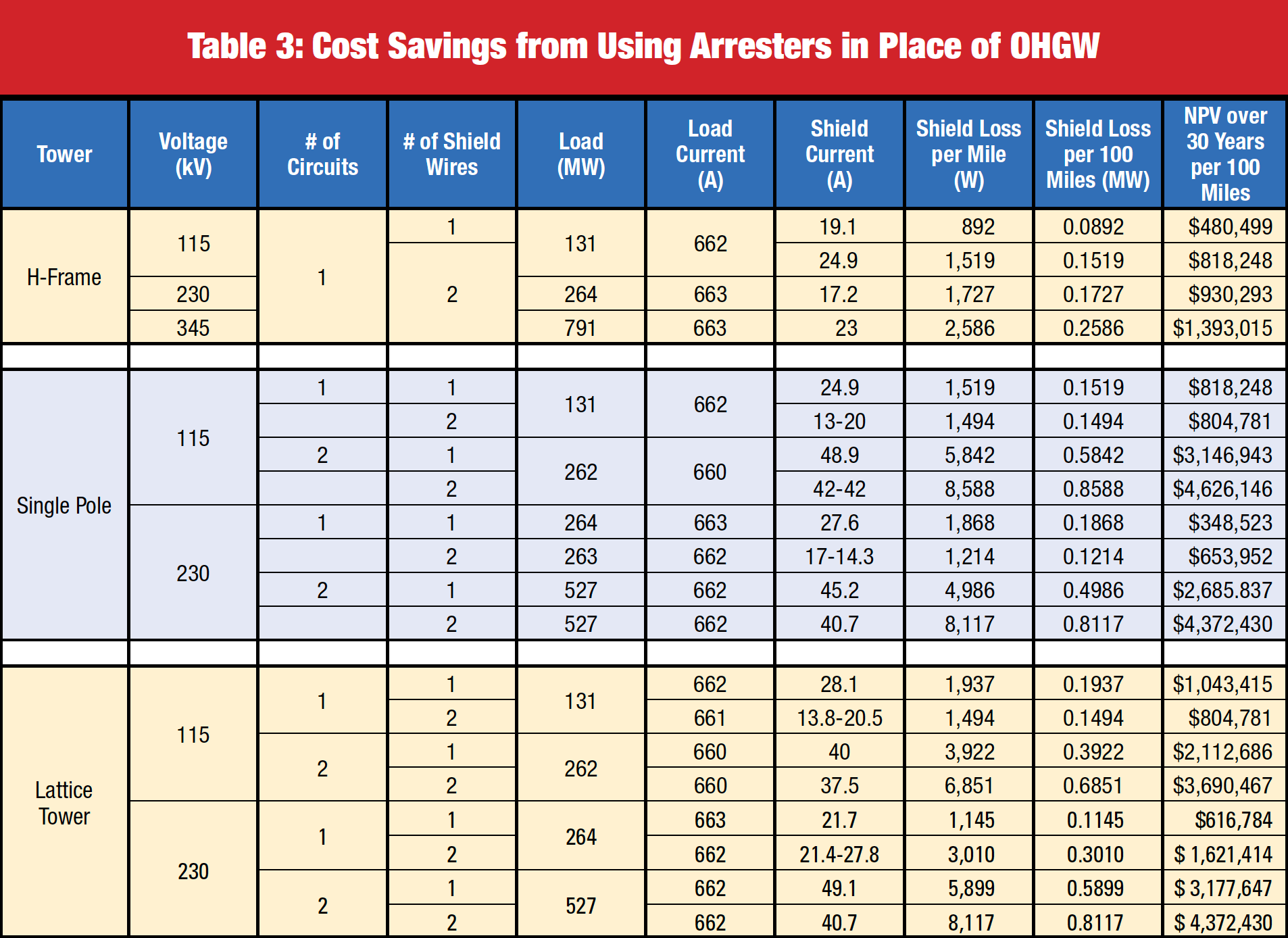

Our platform incorporates, among others, the following novel advancements: a) 5G edge-cloud remote rendering and physics dissection, b) realistic real-time simulation of organic tissues as soft-bodies, c) a highly realistic cutting and tearing algorithm, d) neural network assessment for user profiling and, e) a VR recorder to record and replay or resume the training simulation from any perspective. With MAGES we provide a solution to the 150-year-old training model which is unable to meet the level of healthcare professionals needed. MAGES breaks the boundaries between realities since students can collaborate using virtual and augmented reality devices at the same medical scene.

Our solution offers a versatile authoring platform for developers to create medical simulations in a future-proof, low-code environment.
#Inmr student proof software
In this work, we propose MAGES 4.0, a novel Software Development Kit (SDK) to accelerate the creation of collaborative medical training scenarios in VR/AR. Paul Zikas, Antonis Protopsaltis, Manos Kamarianakis, Mike Kentros, Nick Lydatakis, Dimitris Angelis, Michalis Tamiolakis, Michael Dodis, George Kokiadis, Ilias Chrysovergis, Flora Fyka, Maria Pateraki, George Papagiannakis These results add to the growing body of evidence that VR is a useful tool for acquiring simple and complex clinical skills. With good immersion and tolerability of the VR simulation, satisfaction was significantly higher in the VR group compared to the control group (median score of User Satisfaction Evaluation Questionnaire 27/30, IQR 23-28, vs 22/30, IQR 20-24, in the control group P=.01).Ĭonclusions: VR simulation was at least as effective as traditional learning methods in training medical students while providing benefits regarding user satisfaction. After training, the VR group performed significantly better in taking a nasopharyngeal swab, scoring a median of 14 out of 17 points (IQR 13-15) versus 12 out of 17 points (IQR 11-14) in the control group, P=.03. Results: Both groups performed significantly better after training, with the effect sustained over one month. Methods: This was a prospective, randomized controlled pilot study on medical students (N=29 intervention VR training, n=15, vs control video-based instruction, n=14) to compare the performance of hand disinfection, nasopharyngeal swab taking, and donning/doffing of PPE before and after training and 1 month later as well as variables of media use. Objective: The aim of this study is to explore the short- and long-term effectiveness of a fully immersive VR simulation versus a traditional learning method regarding a COVID-19–related skill set and media-specific variables influencing training outcomes. Virtual reality (VR) simulation can offer a multisensory, 3-D, fully immersive, and safe training opportunity that addresses these obstacles. Education and training are difficult owing to the social distancing restrictions in place, shortages of PPE and testing material, and lack of evidence on optimal training. Tanja Birrenbach, Josua Zbinden, George Papagiannakis, Aristomenis K Exadaktylos, Martin Müller, Wolf E Hautz, Thomas Christian Sauterīackground: Although the proper use of hygiene and personal protective equipment (PPE) is paramount for preventing the spread of diseases such as COVID-19, health care personnel have been shown to use incorrect techniques for donning/doffing of PPE and hand hygiene, leading to a large number of infections among health professionals.


 0 kommentar(er)
0 kommentar(er)
